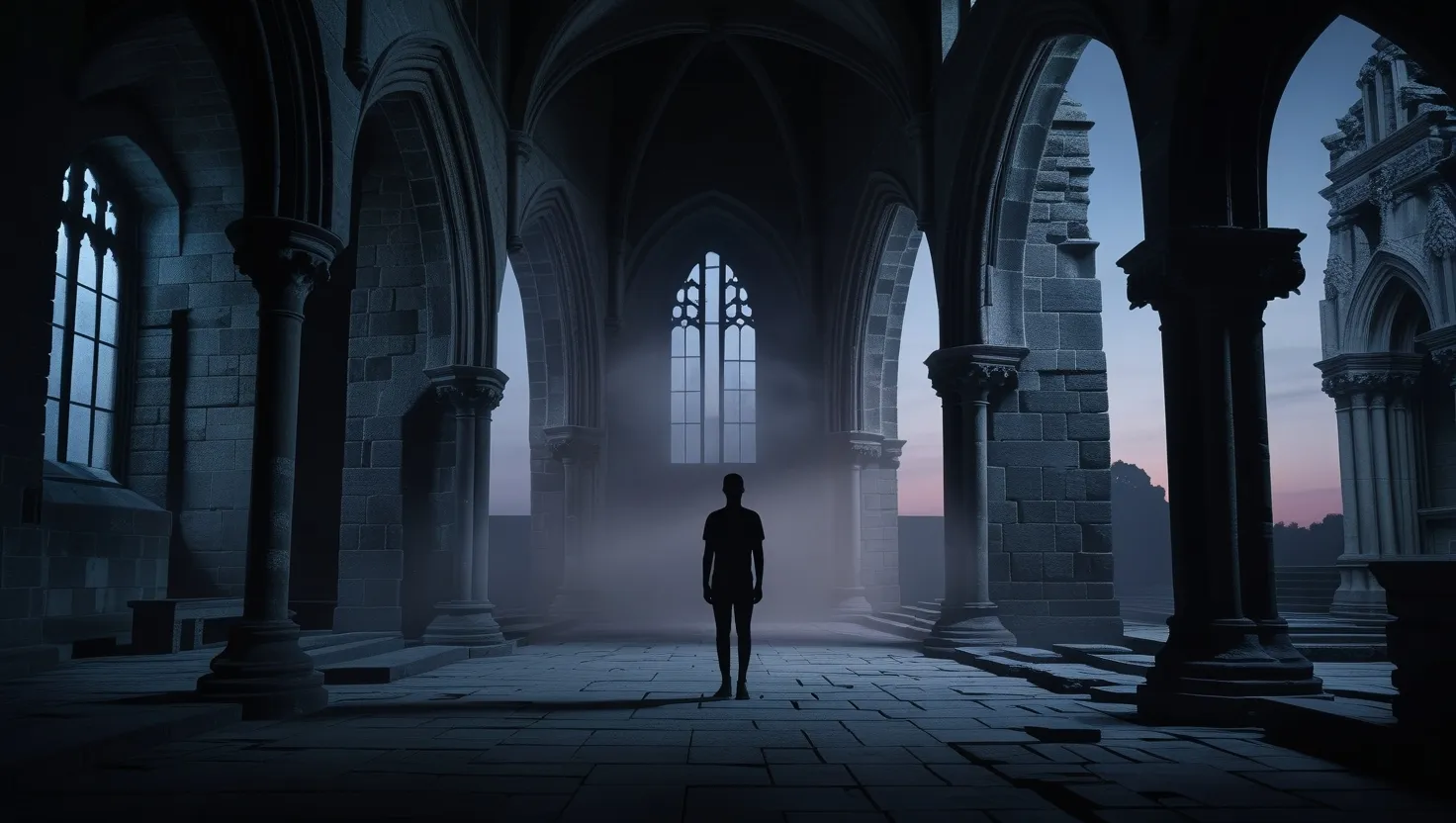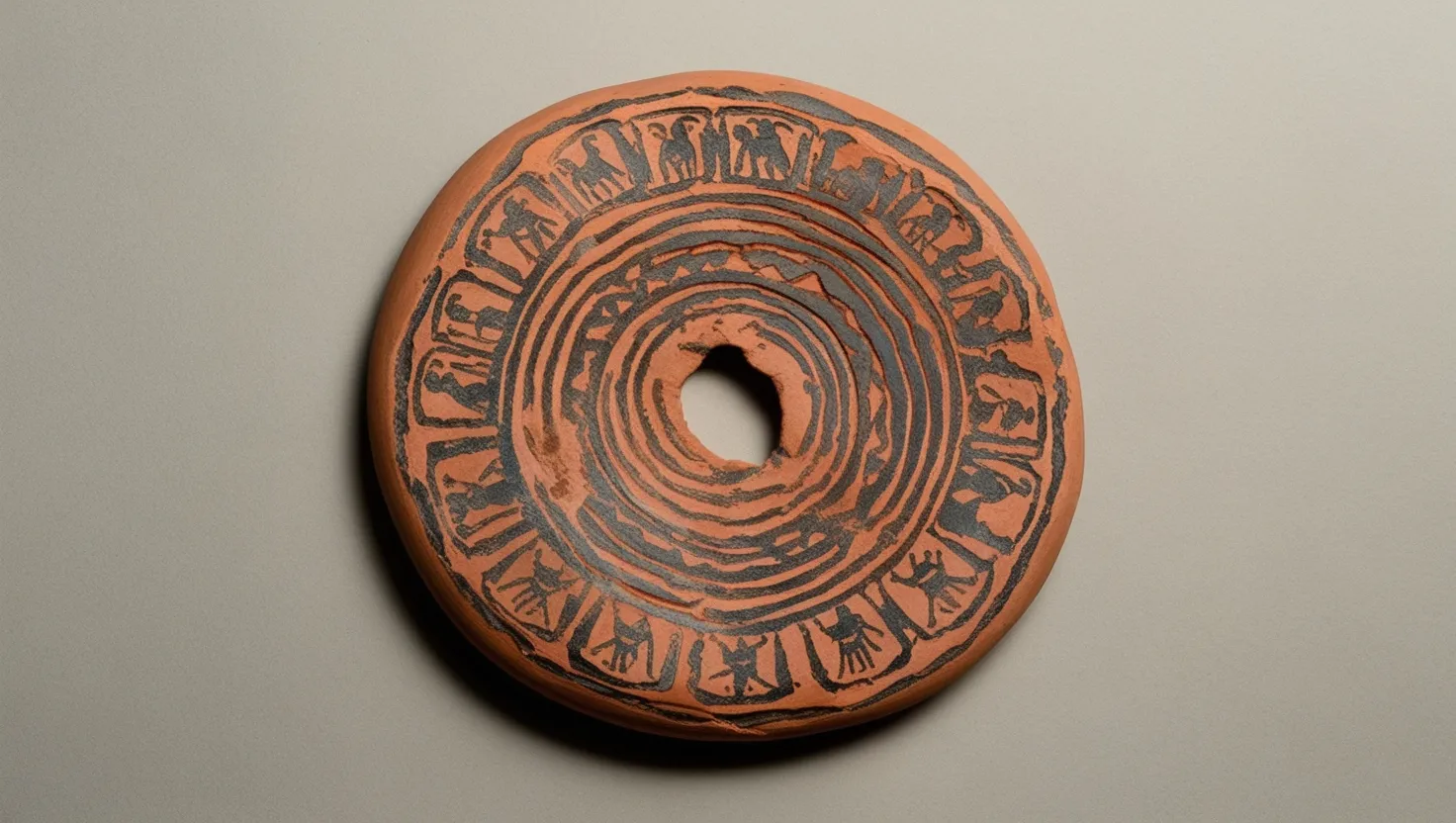Have you ever stood alone in a cathedral at dusk, or lingered inside an ancient temple as the last visitors trickled out, and noticed the air thicken with sound you couldn’t quite explain? I’ve often found myself in these places, trying to make sense of a hum that seems to hover just beyond the edge of hearing. There’s something oddly familiar about it—like a memory you can’t place, or a voice you almost recognize. If you’ve ever paused and thought, “Where is that sound coming from?” you’re not alone. Across the world, people have described moments like this for centuries. From the ringing stones of Scotland to the softly echoing chambers of Malta, certain holy sites generate auditory experiences that have baffled scientists and pilgrims alike.
Let’s admit it—most of us are used to thinking of “sacred sounds” as choir voices, bells, or chants. We rarely pause to ask: What happens when you hear an organ playing with nobody at the keys? Why do some places whisper to us when they ought to be silent?
“God has a voice, but no one seriously believes that this means God has a larynx.”
Have you ever wondered if the architecture itself holds a kind of memory, a way of replaying the prayers and songs once sung inside? Early stone circles, like the ones on the Welsh hills or the deserts of Malta, are more than just mysterious ruins. Researchers have discovered certain chambers within these sites that resonate at particular frequencies. Visitors report feeling as if the stones themselves start singing when the wind is right, or when a certain note is chanted. Some frequencies, they say, trigger feelings of awe or even mild disorientation. Is this the stones speaking, or is something more happening—something our current science can’t quite grasp?
Imagine hearing a bell ring in a temple with no one nearby. In India, I once visited a deserted shrine where a low, deep sound seemed to pulse just under the threshold of hearing. My guide smiled knowingly and told me, “Some say it’s the breath of the gods.” I didn’t argue. Ancient Sanskrit texts describe “Nada,” the primordial sound believed to be the very vibration of the universe. In many traditions, the universe begins with a sound: whether it’s the biblical “Let there be light” echoing from the void, or the steady, sacred hum of “Om” rising out of silence.
But it’s not just religious poetry. In Jerusalem’s oldest synagogues, tourists report hearing overlapping choirs at hours when no services are being held. In abandoned cappella caves in southern France, there are stories about voices speaking in a language nobody can understand. Acoustic engineers have struggled to explain these experiences. At Stanford University, scientists are recreating the unique sound profiles of ancient temples using modern technology, and finding that certain designs almost “trap” specific notes, holding onto them far longer than normal materials should. Could these spaces be replaying songs from centuries past?
Let’s test our assumptions for a moment. Is it simply about the stone and air, or is something deeper going on? Some researchers in the emerging field of archaeoacoustics—yes, that’s a real discipline—have measured tiny frequency shifts in ancient tombs that match the range of the human voice. When a visitor sings or even whispers, the sound is somehow amplified, altered, and returned in a way that feels hauntingly alive. Were these places engineered to produce such effects? Or are we, with our expectations for the supernatural, simply hearing what we want to hear?
“The most beautiful thing we can experience is the mysterious. It is the source of all true art and science.” – Albert Einstein
Certain phenomena defy any easy explanation. Take the story of the Angelic Choir of St. Paul’s Cathedral—a woman meditating alone heard a chorus so magnificent it brought her to tears, yet no singers were present; the building was officially empty. Similar tales abound in Buddhist monasteries, where monks alone in prayer hear distant gongs or voices chanting Sutras in perfect clarity, even though the monastery is abandoned for the night. Even at Ground Zero in New York, chaplains and rescue workers reported low, resonant sounds that seemed to have no source, but gave comfort in the thickest darkness.
Skeptics understandably want better answers. Could lingering echoes, overlapping conversations, or a trick of the wind explain it all? Sometimes, yes. Cathedrals are built to amplify sound in almost magical ways. The whispering gallery in St. Paul’s, for instance, lets a whispered phrase travel clear across an immense dome. Yet many of these unexplained sounds don’t match any architectural trick. Bells ring when their hammers haven’t moved; human voices are heard in frequences below or above normal earshot.
Is it possible that our minds, craving connection, are tricked by religious expectation? Some suggest that standing in a space layered with centuries of prayer prepares our brains to “hear” exactly what we most yearn for—comfort, reassurance, the voice of the divine.
But can all the testimonies be explained away so easily? Neuroscience reveals that music and prayer can change how we perceive sound, even heightening our senses to faint noises we’d normally miss. Yet new research hints that certain physical spaces can alter brain function through resonance, making us more sensitive, more open to awe.
“When you do things from your soul, you feel a river moving in you, a joy.” – Rumi
Consider for a moment the possibility of sound as memory. Some traditions teach that buildings absorb the emotional charge of years upon years of worship. The cathedral or mosque becomes, quite literally, soaked with song. When the air or temperature shifts just right, could the building “play back” its own past? It might seem far-fetched, but experiments have shown that soundwaves can interact with materials and be emitted later as faint vibrations—like a stone storing a melody and humming it back as it cools.
We find another layer of mystery in ancient texts that speak of voices carried by wind, or bells heard during storms. In the Talmud, stories abound of rabbis who “heard the voice of heaven” when walking alone in the countryside. I’ve met people in rural Nepal who describe chanting monks heard on foggy mornings, only for the paths and temples to later be found completely empty.
What about you? Have you ever found yourself drawn to a sound you couldn’t explain? What did it make you feel—fear, peace, wonder? Why do some of us seek these moments, while others dismiss them out of hand?
There’s another curious fact: Many documented auditory phenomena are tied to ritual—funerals, midnight vigils, high holy days. Could groups in prayer or meditation tune a space in some fundamental way? Recent experiments at sacred sites show measurable shifts in the air, increased electromagnetic activity, and strange clarity of certain notes. Sound engineers can sometimes record “voices” below the noise threshold. If stone and air remember, what else might they recall?
“Music in the soul can be heard by the universe.” – Lao Tzu
We’re left with an enticing puzzle. Is it just our longing for the sacred that shapes what we hear, or is the world itself more mysterious than we allow? Maybe both. The rarest auditory events never become routine. They are moments that shake us from the everyday, leaving us changed. Songs with no source. Bells that ring without touch. The sense that someone—or something—exists just out of sight, just out of earshot, reaching for us across centuries, using nothing but a sound.
This brings me to a final question, and perhaps the most vital: What would happen if we listened, not just with our ears, but with our whole selves? Could we create, even for a moment, a doorway to the unknown? The next time you find yourself standing in shadow and silence, waiting for the answer, consider that perhaps the answer is already moving through you, humming softly, waiting for you to listen.






